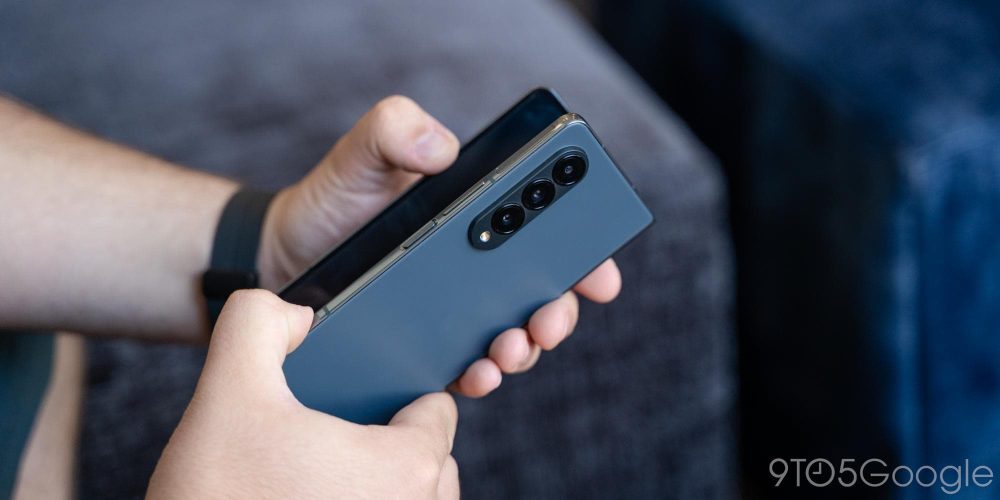
While the Pixel 7 series retains the under-display fingerprint sensor, next year’s Pixel Tablet and the future Pixel foldable will use side-mounted traditional sensors. New code reveals the display resolutions for both devices.
One complaint that many long-time Pixel fans had about the Pixel 6 and Pixel 6 Pro is that Google moved the fingerprint sensor from the back of the phone to the front, putting it under the display. While some companies, like Samsung, have seen decent success with under-display fingerprint readers, the Pixel 6 saw a significant slowdown compared to the Pixel 5.
Google has since improved the experience with the Pixel 7 and Pixel 7 Pro, vastly speeding up the reading process and even introducing full support for face unlock. Despite those improvements, it seems Google’s next Pixel devices — the 2023 Pixel Tablet and the long-awaited Pixel “Notepad” foldable — will return to traditional fingerprint sensors.
Our team uncovered Android code designed explicitly to test the UI of side-mounted fingerprint readers that indicates Google is testing two specific devices with this style of sensor.
The first one is referred to as “Y-aligned” — meaning the fingerprint sensor is on the left-hand or right-hand side — and has two distinct configurations, “folded” and “unfolded.” This suggests that the foldable Pixel Notepad should have a similar placement for its fingerprint sensor as is seen on the Galaxy Z Fold series.

Notably, the “unfolded” (meaning the larger, inner screen) details show a display resolution of 1840 x 2208 — precisely matching information about the Pixel Notepad foldable given to 91Mobiles. Meanwhile, the “folded” version (presumably the smaller, outer screen) reveals a resolution of 1080 x 2100.
The main reason, we presume, for Google to switch from an under-display sensor to a traditional one on the foldable Pixel is to make sure unlocking the phone is consistent, whether it’s folded or unfolded, by using the same sensor for both.
Next, there’s a test for an “X-aligned” device — meaning the fingerprint sensor would be along the top or bottom edge. We believe this code is intended to cover the upcoming Pixel Tablet, presumably placing its sensor on the upper power/lock button, similar to the Pixel Slate. According to the code, the Pixel Tablet — or perhaps, at least one model of it — will have a 2560 x 1600 resolution display.

Other details from the 91Mobiles report, which our team has not yet been able to corroborate, indicate that the Pixel Notepad’s inner display should be approximately 123mm by 148mm, with 800 nits of average brightness and 1200 nits at its peak. Based on that resolution and display size, the Pixel Notepad could be quite similar in size and shape to the Galaxy Z Fold 4. It’s also reportedly possible, though unconfirmed, that the foldable may match the Galaxy Z Fold 4’s 120Hz refresh rate.
All in all, we’re starting to get a clearer picture of where Google is taking the Pixel series next. After making great strides with the recent Pixel Watch and Pixel Buds Pro, Google’s hardware ecosystem may truly begin to rival that of Samsung with the introduction of a high-end foldable and tablet.
Header image: Google
More on Pixel:
- Pixel 7 Pro initial review: Google is finally figuring out flagship phones
- New Google Home app suggests work on ‘Yuzu’ and ‘Korlan’ dock options for Pixel tablet
- Where to buy the Pixel 7 / 7 Pro and Pixel Watch to get the best deals
FTC: We use income earning auto affiliate links. More.
Comments